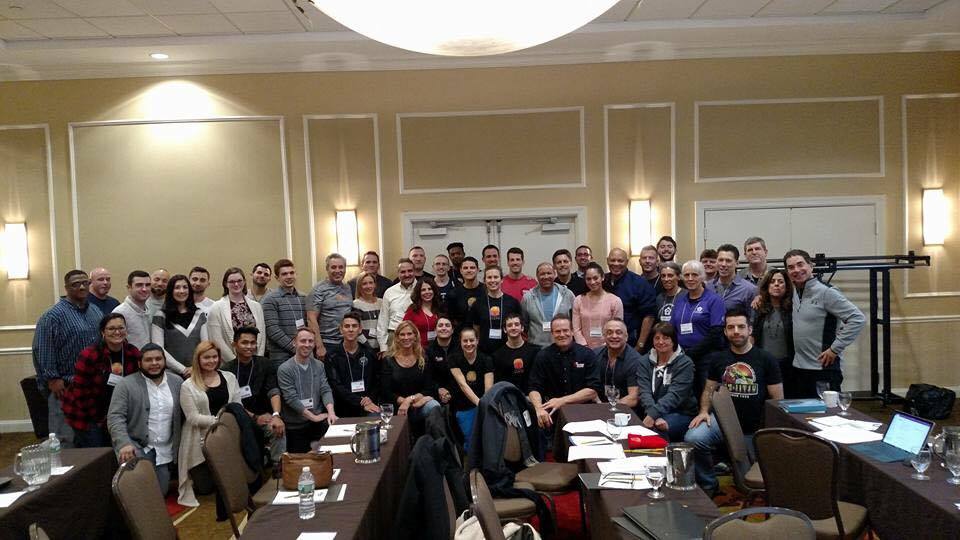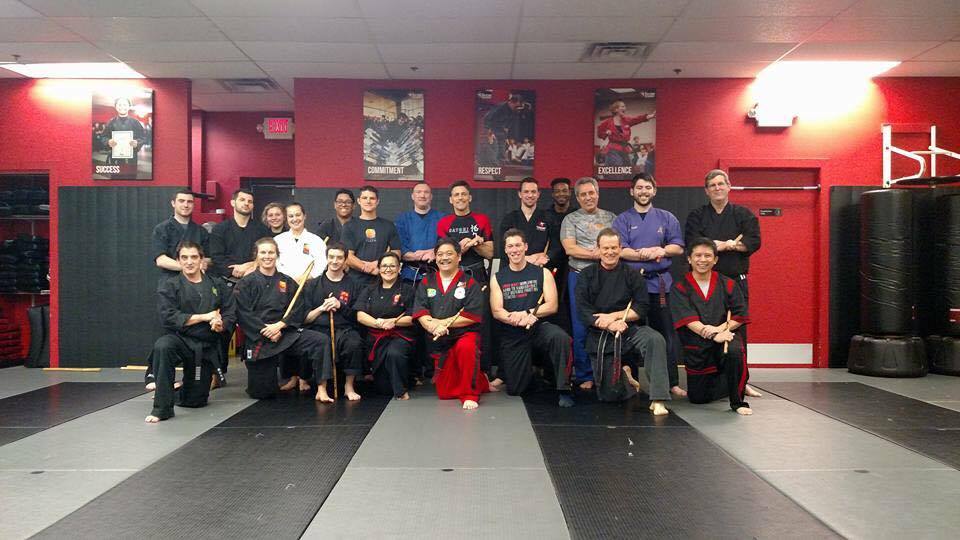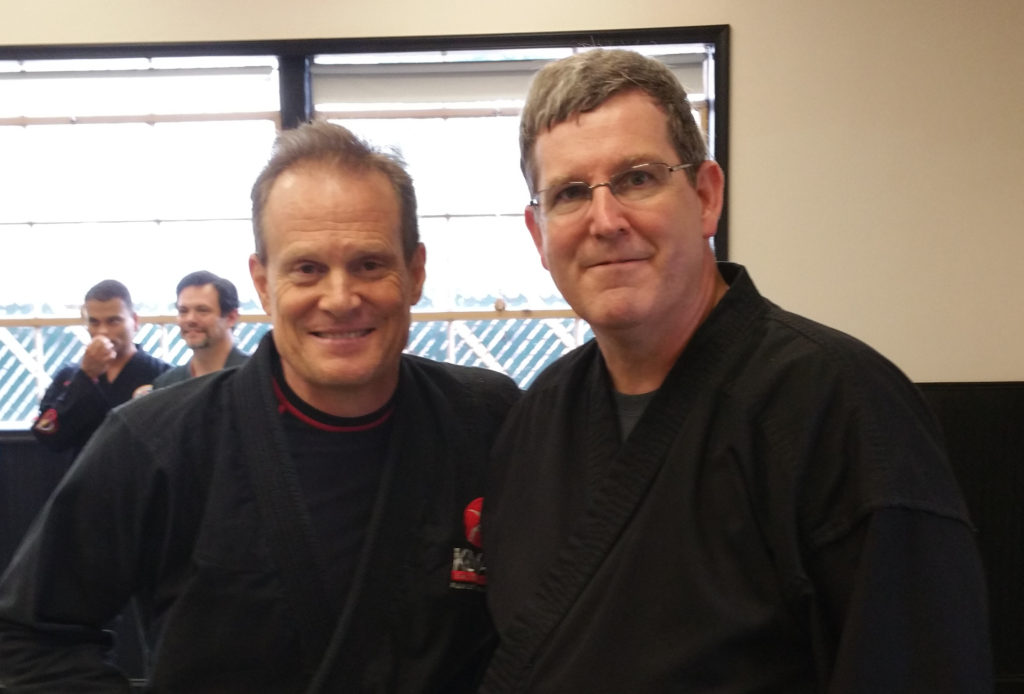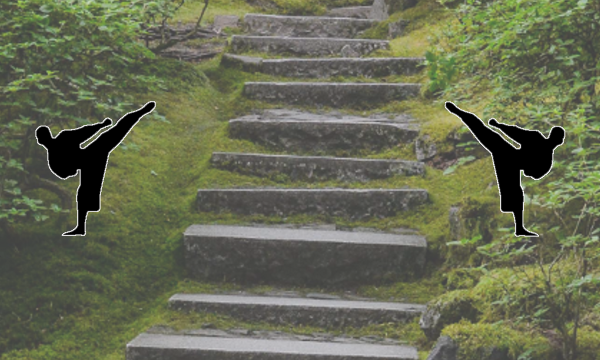Have you ever been to a ProMAC conference?
I hadn’t, at least not until last Friday, and it was pretty much a last minute decision. More last minute than decision though. My instructor asked if I would be interested in going two days before the event, and as soon as I could clear my schedule, I said yes.
To be honest, I didn’t know what I was saying yes to, but I hate turning down the opportunity to try something new in the martial arts. Plus, I’ve been to martial arts seminars before, and they’re pretty much all the same, right?
Wrong.
And, I’m not talking about the quality of training when I say that. I mean the content.
ProMAC is the Professional Martial Arts College, and if I had to summarize what that is in as few words as possible, it’s all about having a better martial arts school, and that was the emphasis of the conference. The better our schools, the more students we can help, and regardless of what style that we teach, the goal is to help students.
How was it different than the other seminars I had attended? Instead of showing up at 9am in a gi ready to work out, we arrived in casual clothes with notebooks and laptops and audio recorders.
We were all there with a common goal, how to make our schools more successful. We want to provide a quality environment for our students, and one of the best ways to approach that is to address the business side of running a karate school with the same commitment that we used to learn karate in the first place.

In our dojos we practice kihon (basics), kata (forms) and kumite (sparring). Those same principles can be applied to studying the business of running a martial arts school.
Kihon – The Basics
Anyone who has taught for even a little while probably understands the basics. You need to have enough students to cover your expenses or you are paying out of pocket for the opportunity to teach others.
That’s sort of like saying everyone understands that karate is about kicking and punching. It touches the surface but misses the depth.
While the tone of the conference included sharing of basic concepts it wasn’t the main focus. It’s like going to a bunkai (kata analysis) seminar, everyone expects you to know how to throw a punch, but if you have a little trouble with an arm lock or a take down, someone will guide you over the rough spots.
Kata – The Forms
In the simplest sense, a kata is a series of basics strung together to make it easier to remember, practice, and to teach concepts. For those things that you want to do well while running your school, have a script, practice it, and share it with your staff so everyone is working toward the same goal.
If you don’t practice kata, think of it like practicing a self-defense drill. Script it, then practice it alone and with a partner until it becomes second nature.
When it comes to student retention, identify the potential change moments in advance and prepare for them. Change moments are events like when the student first approaches you about training, right after their first lesson, when they consider taking a break to make time for something else and anytime the student might be faced with a decision to continue training or to stop.
Remember, it’s a lot easier to help the students who are actively training with us, then it is to help the students we no longer see.
Kumite – Sparring
I look at sparring in two ways. First, as a competition where students can rise to the challenge, and second, as a proving ground to test technique under pressure in a relatively safe environment.
At the conference I witnessed both types. There was friendly competition as instructors discussed the various techniques that they had employed to grow their schools. We also broke into groups and tested our ideas against others, either in role-playing scenarios or as brainstorming sessions.
At the end of the day, I had a new way of looking at some of the basic concepts (kihon), a few scripts to practice (kata) and a goal to reach the performance levels of others through application (kumite).
Except that wasn’t really the end of the day. Lets be realistic. We are martial artists, and its almost impossible to get a bunch of us together and not do some sort of workout. This conference was no different. After the workshops many of us traveled to a local dojo and spent a few hours on the mats training.

Grandmaster Arnulfo “Dong” Cuesta lead the training with an introduction in Philippine Eskrima. He covered a tremendous amount of ground in a very short amount of time, and I’m still struggling to compile my notes from his training session so that I can retain as much of the experience as possible. Saturday morning, I was at the dojo practicing a few of the drills that I stumbled through the night before.

The evening ended with Kyoshi Dave Kovar conducting a session on hand speed drills. My big take away from his session was that being faster isn’t so much about increasing your speed as it is about eliminating those things that slow you down. I’ve already have the opportunity to use one of his drills during a class which is always fantastic. I mean it’s great to have the opportunity to train with talented martial artists, but having the chance to share that knowledge is really what it’s all about.
When I left, I was pumped about being a martial artist. Actually, I’m pretty much always pumped to be a martial artist, but it always spikes to a new level after a great training session with people who love what we do as much as I do.
I have to thank Mr Seth Bittner and Mr Solomon Brenner for inviting me to attend. It was a great experience and I appreciate the opportunity.

